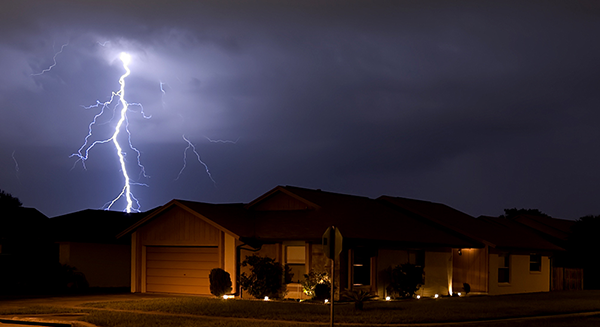Don’t wait until there’s a block of ice in the gutter to focus on ice dams

By Paul Scelsi, Air Vent - Gibraltar Building Accessories
Stay ahead of ice dams by understanding their cause and taking preventive measures ahead of time.
If we wait until winter to fight ice dams, it’s too late. Our best chance to tackle ice dams is in the spring, summer and fall. In our podcast interview with Justin Latimer, operations and production manager at Henderson Roofing and Construction in North Canton, Ohio, he shared his team’s year-round strategy for trying to stay ahead of ice dams.
“If you’re waiting until you do have an ice dam you’re only mitigating the damage that it’s already caused because by the time you know you have an ice dam you could already have interior trouble,” Latimer says. “But if you’re looking at these problems before they occur you can help prevent damage to your drywall, your attic insulation, the roof deck and into the living space depending on the severity of the ice dam and how long it lasts.”
Understanding ice dams
Ice dams form under four conditions:
- Post-snowfall
- Outside temperatures below freezing
- Attic temperature above freezing
- Roof's low areas cooler than its upper regions
An ice dam begins as snow melts unevenly on the roof due to inconsistent roof temperatures. The meltwater refreezes at the roof's colder edges, creating a blockage. Subsequent meltwater then backs up, potentially leading to leaks inside the home.
The risks of ice dams
“Ice dams often start in gutters. Without a proper exit, snowmelt accumulates, risking leaks and structural damage. Some ice dams even become heavy enough to tear off gutters,” says Latimer. The result? Potential hazards for homeowners and damage to interior spaces.
The defense strategy
Attic insulation is the primary defense against ice dams. It prevents warm air from the living space from entering the attic, thereby ensuring even snow melting. Latimer states, “In Ohio, attic insulation varies widely. But awareness about its significance has grown recently.”
For homeowners seeking roofing services, Latimer emphasizes the importance of checking attic insulation. “Our inspections always include assessing attic insulation and ventilation. We also ensure bathroom ducts properly lead outside.”
However, insulation isn't the sole solution. Proper attic ventilation is essential. It maintains an optimal attic temperature by allowing cold air to enter and dispelling warm, moist air. This consistent temperature minimizes the risk of ice dams.
Choosing the right contractor
Latimer advises homeowners to ensure roofing contractors consider both attic insulation and ventilation. “A roof is a significant investment. If a contractor doesn't discuss insulation and ventilation, reconsider your choice.”
Latimer concludes, “We aim to maximize roof longevity. Proper ventilation not only combats ice dams but also extends shingle life. Every roofing conversation should touch upon ice dams and attic conditions.”
Listen to Episode 37 of ‘Airing it out with Air Vent‘ to learn more about ventilation best practices.
About Air Vent
Air Vent is a ventilation Manufacturer within the Gibraltar Building Accessories Division. Gibraltar Building Accessories Division brings together leading manufactures of building materials and accessories. The Division is made up of Air Vent, Appleton Supply, Award Metals, Dot Metals, Norwesco, Quality Aluminum Products and SEMCO (Southeastern Metals). These solutions serve a large number of customers in a variety of industries throughout the world from facilities in the United States, Canada, China and Japan.
About Paul
Paul Scelsi, marketing communications manager at Air Vent, offers expertise in attic ventilation through seminars and podcasts. As the chairperson of the Asphalt Roofing Manufacturers Association Ventilation Task Force, he's written extensively on the subject, including his book, "Grab and Hold Their Attention."
Learn more about Gibraltar Building Accessories in their Coffee Shop Directory or visit www.gibraltarbuildingproducts.com.






















Comments
Leave a Reply
Have an account? Login to leave a comment!
Sign In